Bedtime Math: This Time It’s Personal {A Review}
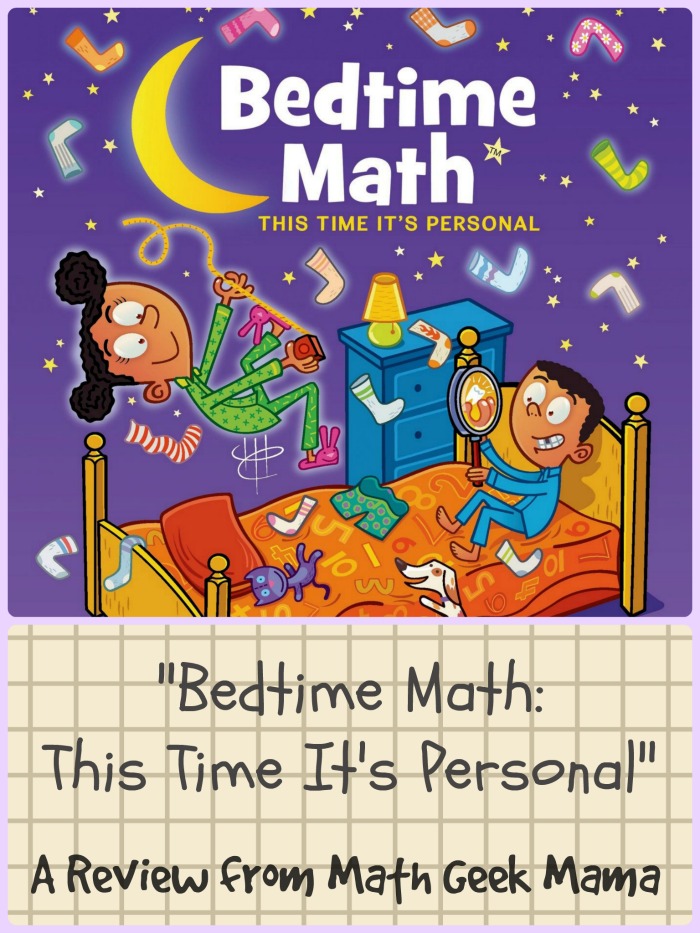
I’ve mentioned the Bedtime Math book series by Laura Overdeck before, but now that I’ve read through the second book and tried it out with my kids, I wanted to write a full review to tell you what we thought!
The purpose behind the “Bedtime Math” series is to make math cool and get kids fired up about numbers. I really love the concept behind these books, and so I’ve been reading through the second book with my kids. While I have not read the original book
yet, I have found her second to be fun, engaging and an easy way to encourage my kids to think about math and numbers.
Although the premise of the book is to do some math before bed (because you’re probably reading a bedtime story or ten anyway), we have enjoyed reading two or three of the stories during lunch. It seems to be a better time of day for my kids and we’re already gathered together, and they aren’t going anywhere anyway because they’re eating.
When I first heard about these books, I was hoping that there would be enough of a challenge to engage a wide age range of kids. With each story there’s problem for “wee ones,” “little kids,” and “big kids,” as well as a bonus problem. I would say that the question for “wee ones” is definitely preschool appropriate and usually involves counting, shapes or some sort of comparison (bigger, greater, etc.). The “little kids” and “big kids” problems, however, don’t seem quite as consistent in terms of difficulty level. Sometimes my daughter (age 6) can answer them both, and other times she can’t quite do the “big kid” questions (they often involve multiplication or division).
For example, one of the questions is, “The musical notes of a scale are A,B,C,D,E,F,G, and then they start over at A. If you sing a low A, then trill the note 10 notes higher like an opera singer, what note did you sing?” Even though this is the “big kid” question, it’s really just counting. Then other questions will be something like, “If you have 17 socks in the drawer, but there are only 6 matching pairs , how many extra socks do you have left to make sock puppets?” This is obviously more challenging and requires understanding that 6 matching pairs equals 12 socks, and then subtracting 12 from 17 to find the number of socks remaining . But the bonus questions (a new addition to the second book) are always more challenging, and would be good for older kids.
So even though the age range listed for the books is 3-7, I think it would be fun and engaging for kids as old as 9.
Another thing that I love about this book is that each story teaches some kind of fun and random fact, which my kids have loved! We’ve learned about everything from anatomy to the history of glitter and potato chips. We’ve had lots of silly discussions and tons of belly laughs over the stories and topics they bring up. My kids favorite discovery so far is that every person’s foot is the same length as the distance from your elbow crease to your wrist. We’ve been able to share this little tidbit (and of course test it out!) with various friends and family members, and apparently it never gets old! {Seriously, try it! It’s true!}
An added bonus for younger kids is that it encourages and strengthens listening skills as well as mental math computations. As the math problems get more challenging, you really have to listen in order to catch all the important information, and then process what it’s saying and what it’s asking, and then try and solve it . That’s a lot of work for little brains, and it’s so good for them. Now I’m not saying that every problem has to be done mentally without pencil and paper, but I like that it gives my kids some practice with figuring things out and problem solving in their head.
The last thing I would say about these books, by way of caution to well intentioned parents (including me), is to make sure that your kids are having fun with it. Don’t ever make a big fuss if they get a question wrong, or tell them to work faster, or put unnecessary pressure on them. Remember the mission of Bedtime Math: to make math a fun part of kids’ everyday lives! There will be plenty of time for formal math assessment in the classroom.
Use these books as a way to have fun and play around with numbers. And use mistakes or wrong answers as a way to build self-awareness and problem solving skills. Ask probing questions such as, “How do you know the answer is ___?” or “Does your answer make sense in the context of the problem?” to help your kids learn how to talk about math as well as get in the habit of checking themselves and thinking through their process and answers.
Overall, I think these books are excellent, and help encourage and increase confidence in kids from an early age. When I taught middle or high school students, there were entirely too many who came to class with the assumption that they could not do math. Let’s show kids early and often that math is useful, important and can be fun! There are lots of ways to do this, and Bedtime Math is one great place to start.
In addition to the books, there is an entire website that offers additional math challenges and ideas for making math fun in your home with your kids, so be sure to check it out! You can even sign up for a daily e-mail to receive math problems in your inbox! 🙂
What do you think? Have you read any of these with your kids? Do they enjoy them? Share in the comments!
~Math Geek Mama
*Please Note: Some of the links in this post are affiliate links and help support the work of this site. Thanks for understanding! Feel free to read our full disclosure here.*


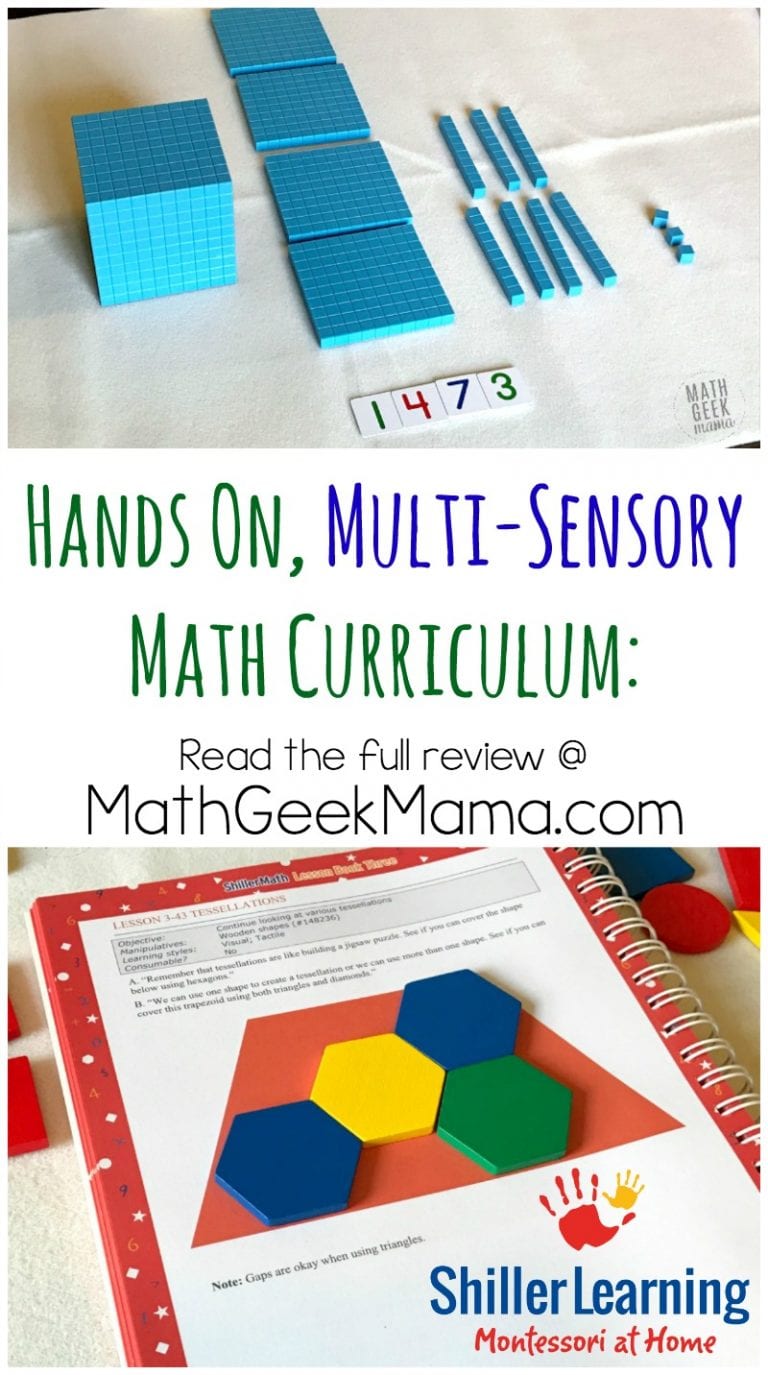

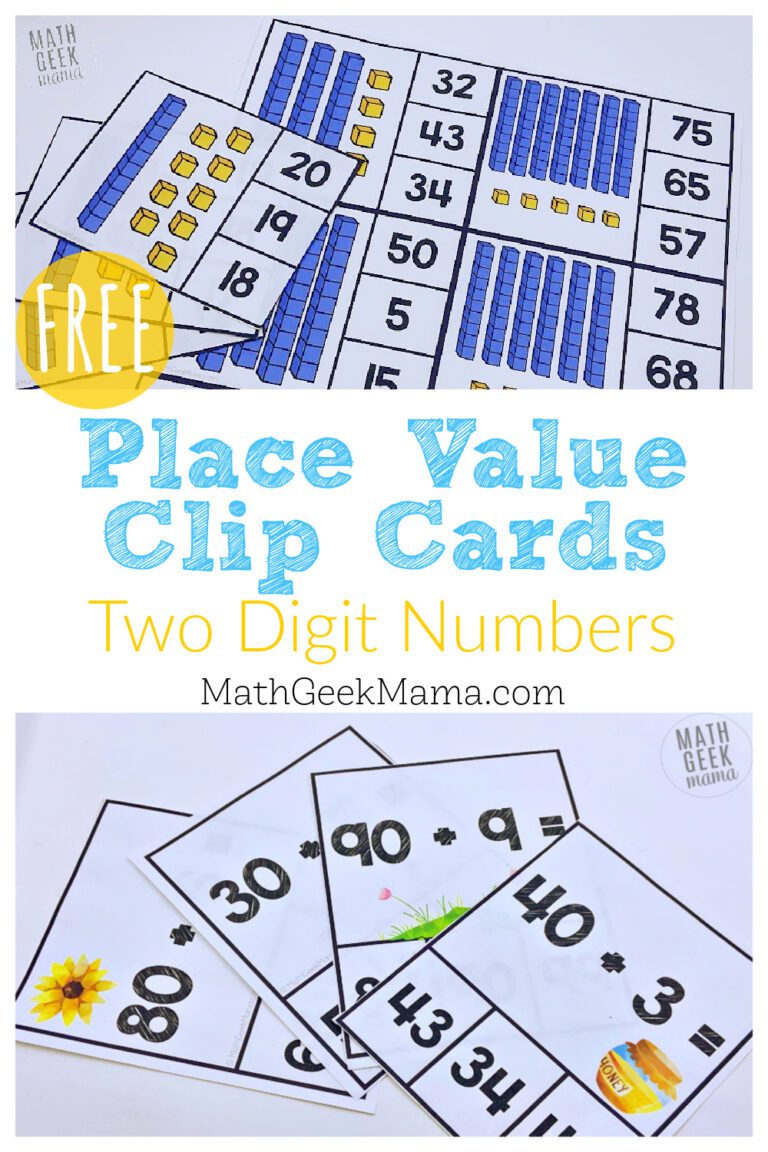

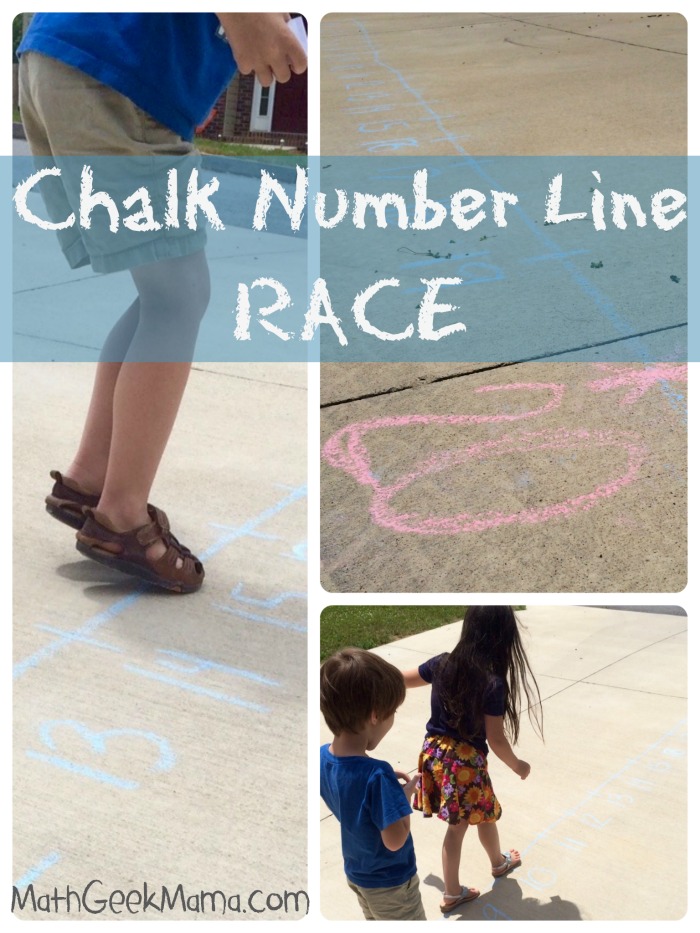
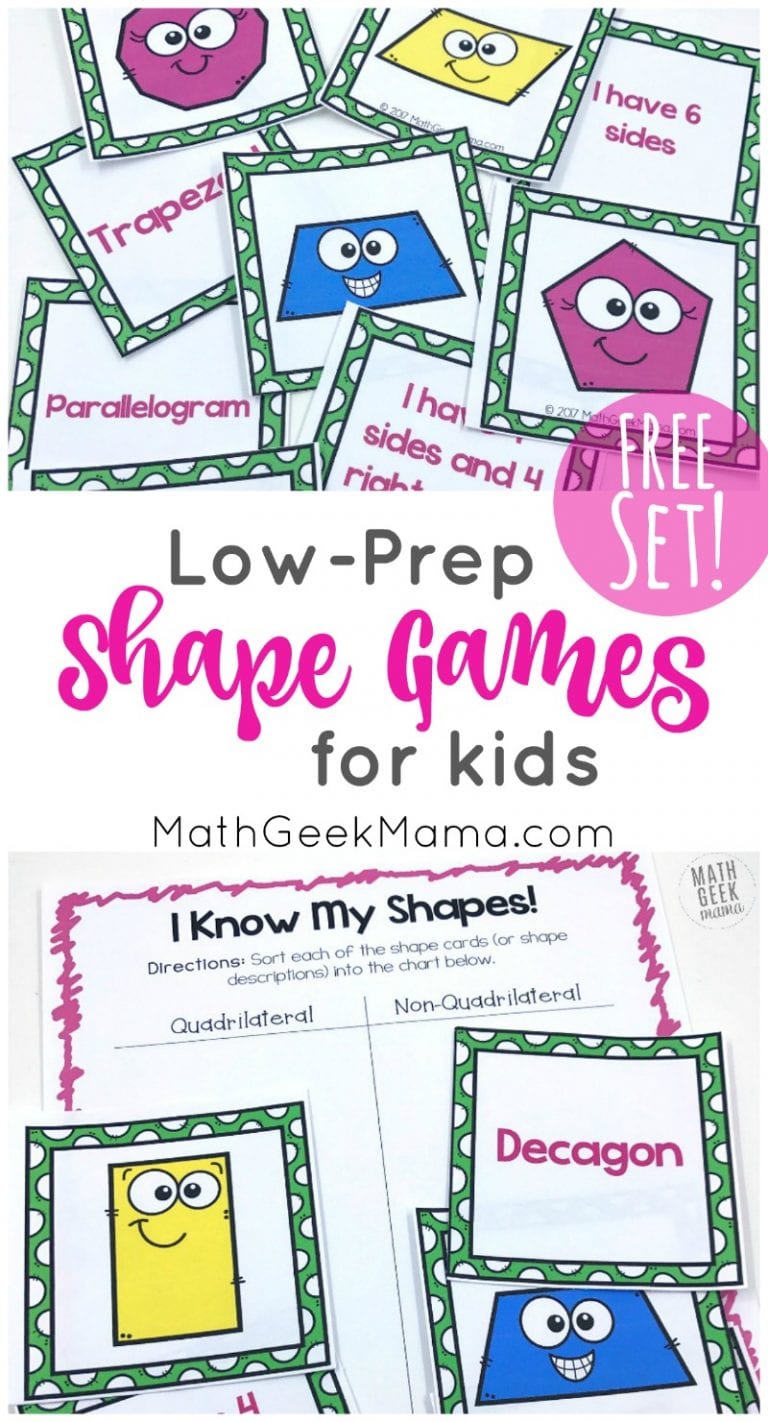




What an interesting concept. I hadn’t heard of these books. Thanks for making me aware of them. I’ll have to check them out with my kids.
Yeah there’s a new one that just came out recently, so I’m anxious to get that one as well, to see how it compares to this one! I think they’re really fun!